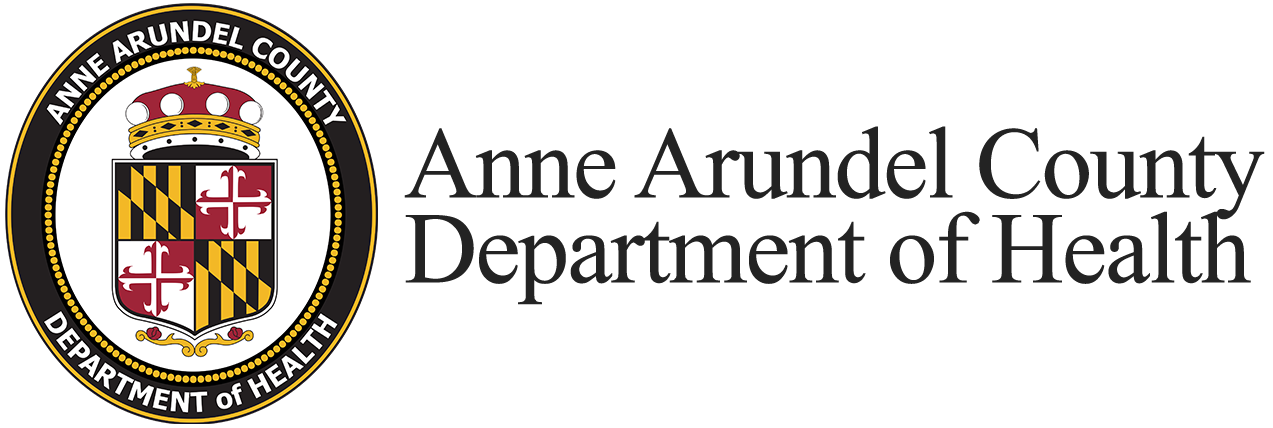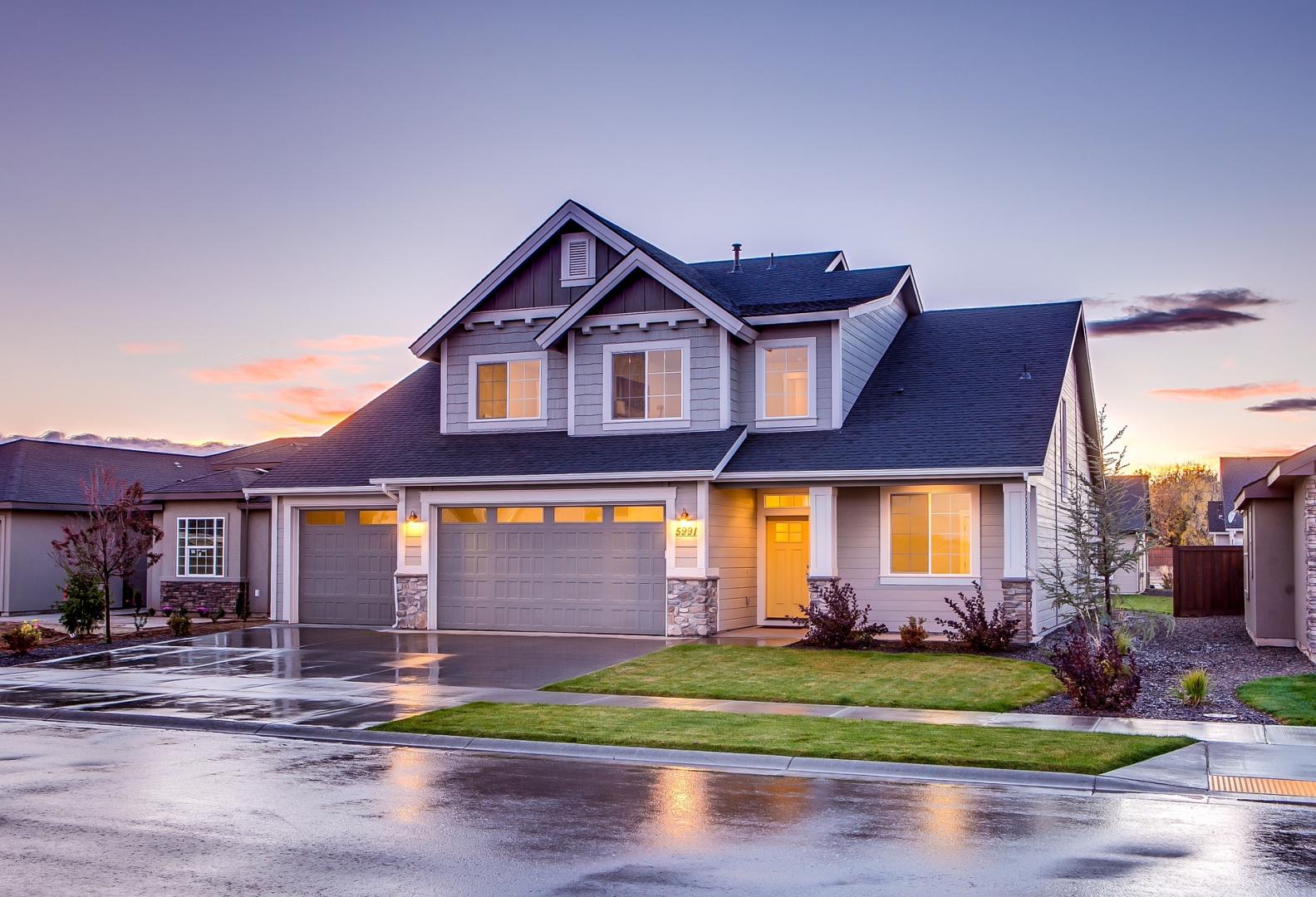Property Maintenance Code
The Anne Arundel County Property Maintenance Code and Property Maintenance Code Article 15 Title 4 establishes minimum standards for existing residential structures and premises and is enforced by the Department of Health's Housing Protection Program.
The Housing Protection Program responds to complaints and issues notices of violations and citations based on the following conditions:
- electrical problems
- problems with exterior or interior housing maintenance
- inadequate heating facilities
- insect infestation
- overcrowded housing conditions
- plumbing problems
- evidence of rats, mice or other rodents
- failing septic systems/sewage overflows
- stagnant water from abandoned swimming pools
- presence of trash, garbage or refuse
- vacant or abandoned dwellings open to casual entry
- inadequate quality or quantity of water supplied
For multiple dwellings or apartments, call 410-222-0056. The Department of Health inspects licensed multiple dwellings once every two years as part of the license renewal. See the Modification of the Property Maintenance Code Application.
Exterior Maintenance of Single or Two Family Dwellings
The Anne Arundel County Property Maintenance Code requires each owner and occupant of a single or two family dwelling to maintain the exterior of each structure in good repair and in a structurally sound, sanitary condition so as not to pose a threat to the public health or safety of the community.
The structure must be fit for human occupancy.
No person shall occupy or permit another person to occupy a structure that is not in a safe or sanitary condition or that fails to meet the Property Maintenance Code requirements.
What exterior items must be maintained?
- Basement and foundation walls.
Must be maintained free from open cracks and breaks to prevent the entrance of rodents, pests and stormwater. Gaps, cracks or openings of ¼ inch or greater in foundation walls and between the exterior structure and the roof, soffits, windows and doors must be sealed to prevent the entrance of rats, mice, bats, birds, squirrels, raccoons and other animals. - Exterior walls and surfaces.
Must be maintained free from holes, breaks, and loose or rotting materials and must be weatherproofed to prevent deterioration. Peeling, flaking and chipped paint or loose or rotting materials must be painted, treated with a protective covering or replaced. - Basement windows and basement hatchways.
Must be maintained to prevent the entrance of rodents and other pests, rain and surface drainage water. Storm windows or rodent shields are required on basement windows that open to the outside. - Roofs and roof flashing.
Must be sound and in good condition. Must not have defects that admit rain. - Decks, stairways, porches, balconies, handrails and guards.
Must be in good repair, structurally sound, securely fastened and capable of supporting an average weight load. - Screens.
Must be tight-fitting and provided on doors, windows and other exterior openings where ventilating habitable rooms is required and must be equal to 16 mesh per inch in size. - Exterior property conditions.
Must be free from the accumulation of trash, junk, debris, garbage, abandoned or stored appliances, rodent harborage and infestation. The property must be properly graded to prevent erosion of soil or the accumulation of stagnant water on the property or within the structure. - Trash containers.
Must be provided in sufficient size and number to prevent the overflow of household trash between times of collection service and to prevent a health or safety hazard from occurring within the community. - Drains, gutters, downspouts, sump pumps and stormwater devices.
Must be in good repair and free from obstructions to prevent dampness or deterioration of walls or interior surfaces. Must be designed to collect rainwater within the property boundaries and prevent ponding or stagnant water from forming. Rain or stormwater may not drain onto a neighboring property or create a health nuisance for the community. - Accessory structures.
Sheds, detached garages, fences and other accessory structures must be in good repair and structurally sound. - Storage of useable materials.
Must be stacked or piled in an orderly manner at least 12 inches above the ground surface and may not be placed against exterior walls. - Vacant structures and vacant land.
Must be maintained in a clean, safe, secure and sanitary condition. Vacant structures that are open to casual entry must be properly secured, closed or boarded up to safeguard the public from casual entry. This includes open or broken windows, windowpanes, exterior doors, garage doors or any other type of opening that allows the accessibility for casual entry.
What constitutes a violation?
The Department of Health determines that a violation exists when any of the above conditions are observed. Enforcement is initiated on a complaint basis only or when community surveys are performed by the Department of Health.
How do I file a complaint?
Residents may file a complaint by contacting the Department of Health at the number listed below. The initial inspection will be conducted within 10 business days of receiving the complaint. The public may contact the Department of Health to receive updates of inspection results and enforcement procedures.
What if a homeowner fails to comply?
Failure to comply constitutes a violation of the Anne Arundel County Property Maintenance Code and is subject to warnings, notices and civil fines of $125 for the first violation, $500 for the second violation, and $1,000 for the third and any subsequent violations. Citations may be issued for each violation and for each day the violation continues to exist.
Where can I obtain more information?
Housing Protection Services Program
Anne Arundel County Department of Health
3 Harry S. Truman Parkway
Annapolis, Maryland 21401
410-222-7192

